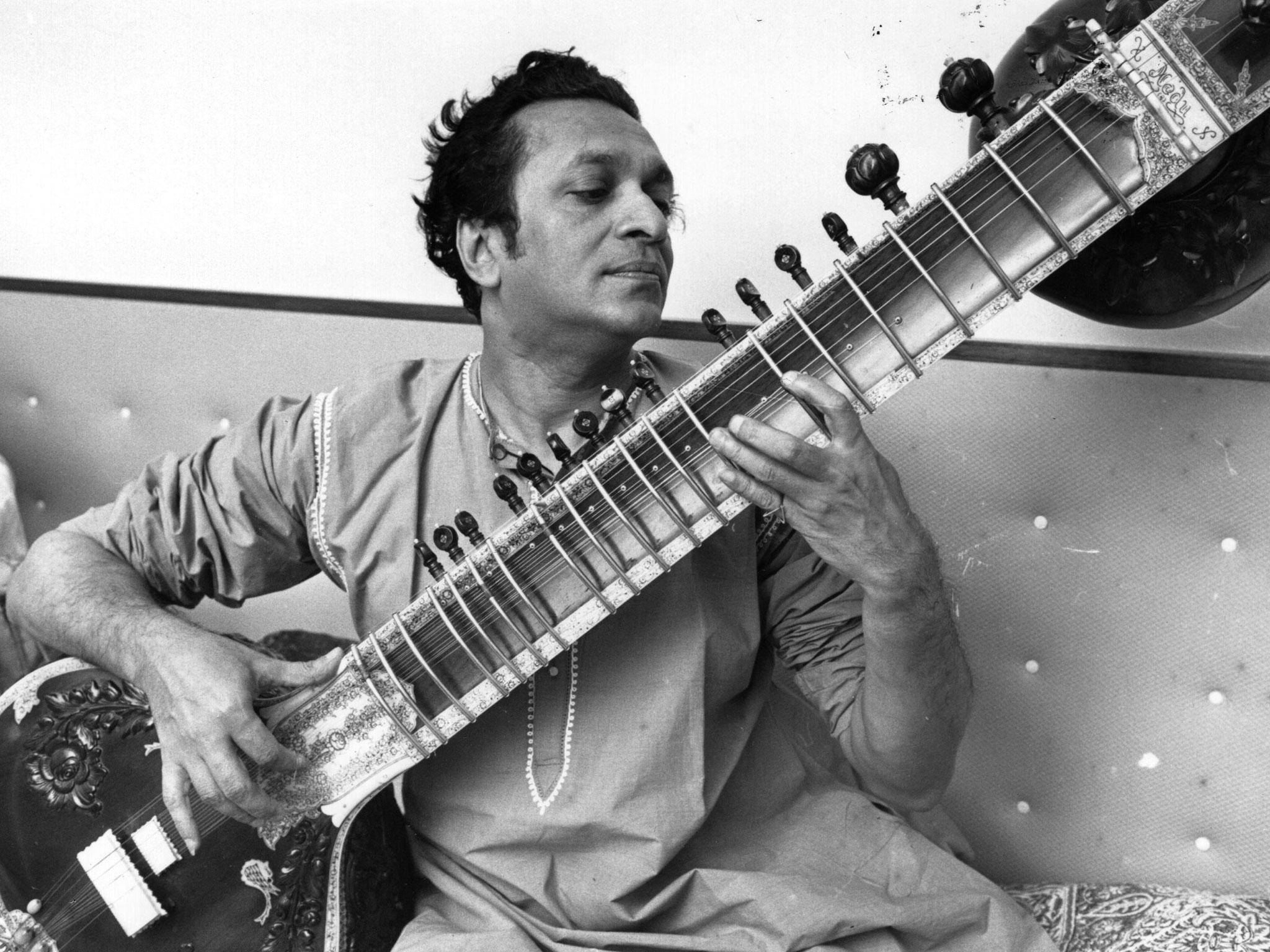Five facts about sitar virtuoso Pandit Ravi Shankar as Google marks his 96th birthday with a Doodle
The musician poularised the use of Indian instruments in pop music in the 1960s

Your support helps us to tell the story
From reproductive rights to climate change to Big Tech, The Independent is on the ground when the story is developing. Whether it's investigating the financials of Elon Musk's pro-Trump PAC or producing our latest documentary, 'The A Word', which shines a light on the American women fighting for reproductive rights, we know how important it is to parse out the facts from the messaging.
At such a critical moment in US history, we need reporters on the ground. Your donation allows us to keep sending journalists to speak to both sides of the story.
The Independent is trusted by Americans across the entire political spectrum. And unlike many other quality news outlets, we choose not to lock Americans out of our reporting and analysis with paywalls. We believe quality journalism should be available to everyone, paid for by those who can afford it.
Your support makes all the difference.As Google marks Pandit Ravi Shankar's 96th birthday with a Doodle on its homepage, here are five facts you might not know about the Indian musician renowned for his mastery of the sitar.
1. He began his musical career as a dancer
Shankar began performing as a dancer in his elder brother's troupe at the age of 10 before turning his attention to the sitar at 18.
2. He once asked George Harrison to wear a disguise
When the Beatles guitarist George Harrison visited Shankar in September 1966 to learn the sitar, Shankar asked him to alter his appearance so they could avoid being recognised. It did not work as Harrison was identified by the elevator boy at the Taj Mahal Palace and Tower hotel in Mumbai. Soon crowds began to gather and the pair were forced to live on a houseboat where the sitar lessons could continue.
3. His music teacher was Baba Allauddin Khan
Baba Allauddin Khan was well known for his violent temper which almost ended the pair's relationship. On one occasion Baba told his protege to "buy some bangles and wear them like a girl" after an unsatisfactory performance. Shankar was so offended that he almost never returned, but Baba learned from this and never reacted in the same way again.
4. He created a new raga for Mahatma Gandhi following his assassination
Shankar developed a new melodic theme based on Mahatma Gandhi's name. He took the three sargam notes that approximate it - “Ga” (third), “Ni” (seventh) and “Dha” (sixth) when asked to play something mournful following Gandhi's assassination in 1948. The raga was later used on the soundtrack of the 1982 film Gandhi.
5. His name is often preceeded by the title 'Pandit'
The honourary title refers to a wise or learned man in India. It means scholar or teacher, particularly one who is skilled in the Sanskrit language and who has mastered the Vedic scriptures of Hindu rituals, law, religion and music under a guru.
Join our commenting forum
Join thought-provoking conversations, follow other Independent readers and see their replies
Comments